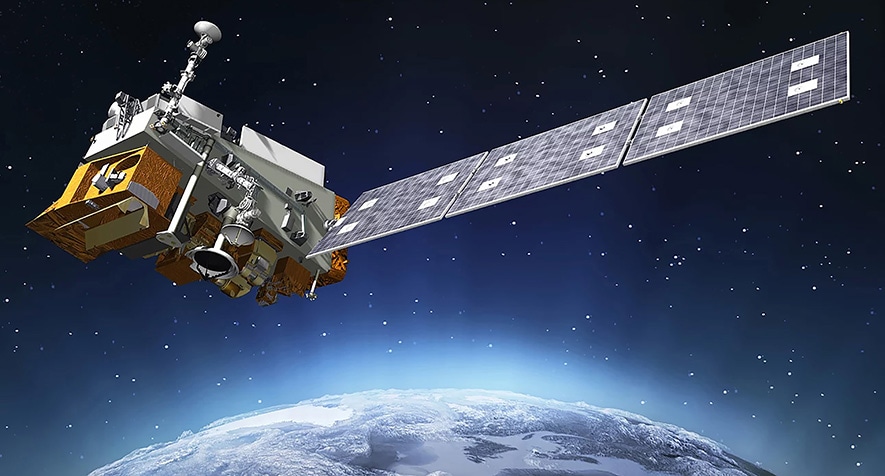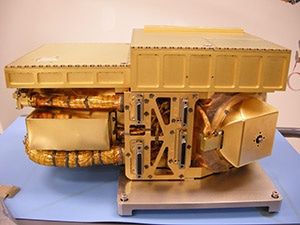Jan 18 2018
ABB interferometer is at the heart of a key instrument for the Joint Polar Satellite System-1 (JPSS-1) launched by NASA for National Oceanic and Atmospheric Administration (NOAA) to help improve the timeliness and accuracy of weather forecasts three to seven days out. An extremely important program given the recent active hurricane season.

Successfully launched from Vandenberg Air Force Base in California, the JPSS-1 satellite is joining the NOAA/NASA Suomi National Polar-orbiting satellite in the same orbit to provide meteorologists with data on atmospheric temperature and moisture, clouds, sea-surface temperature, ocean color, sea ice cover, volcanic ash, and fire detection. The data will improve weather forecasting, such as predicting a hurricane’s track, and will help agencies involved with post-storm recovery by visualizing storm damage and the geographic extent of power outages.
Working with its customer, Harris Corporation, ABB Canada developed the interferometer as a critical element to the Cross-track Infrared Sounder (CrIS), one of the instruments that make up the next generation of US polar-orbiting meteorological satellites. The ABB Measurement & Analytics Business Unit facility in Quebec City, Canada has had more than 200 employees working on the CrIS program.

[ABB - CrIS Instrument] “ABB Canada, through its facilities in Quebec City, built the heart of the atmospheric sounder for the JPSS-1 satellite, a very critical element to this mission. Our team has also built a similar system for the predecessor of JPSS-1, the Suomi-NPP satellite, in orbit since 2011. ABB Measurement & Analytics Business Unit is also under contract with Harris Corporation to build the next 3 units (JPSS-2, JPSS-3 and JPSS-4). In addition to the local economic benefits generated by this project, ABB is once again putting forward its experience and rich technological legacy in the space industry.” said Marc Corriveau, General Manager Local Business Unit – Industrial Automation Measurement & Analytics Canada.
JPSS satellites circle the Earth from pole-to-pole, crossing the equator 14 times daily, providing full global coverage twice a day. Polar satellites are considered the backbone of the global observing system. JPSS is a collaborative effort between NOAA and NASA and presents significant technological and scientific advancements in observations used for severe weather prediction and environmental monitoring.